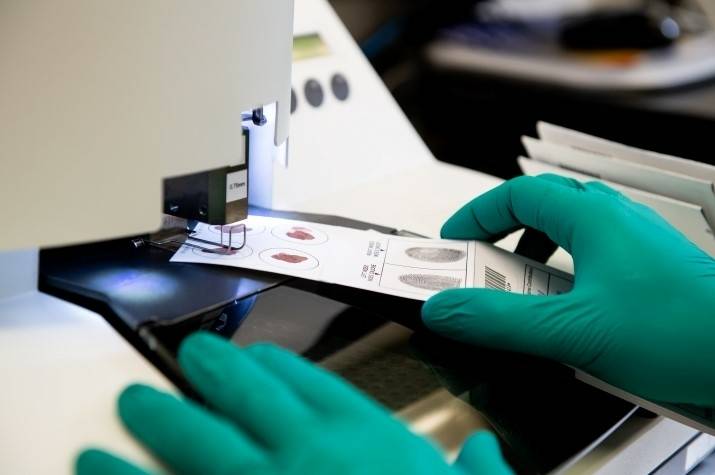How the National DNA Data Bank works

As more DNA profiles are added to the National DNA Data bank, more matches are made in less time. It takes an average of just three months to achieve about 1,000 offender hits.
Image by Serge Gouin, RCMP
March 31, 2019
Content
The National DNA Data Bank is a collection of hundreds of thousands of DNA profiles stored anonymously to help police investigators solve a range of crimes across Canada. It has become a key component of most investigations, saving time and money by helping to focus investigations. Here are a few facts on how it works.
Convicted Offenders Index (COI)
The National DNA Data Bank processes biological samples from convicted offenders and enters the DNA profiles into the COI.
Samples are obtained from three sources:
- Blood
- Cells from inside the cheek
- Hair
More than 98 per cent are from blood samples.
There were 22,267 new convicted offender samples received
in 2017-2018Footnote *.
DNA orders can be issued for offenders convicted of any of more than 350 qualifying offences, such as:
- Murder
- Sexual assault
- Assault
- Failure to appear or comply
- Uttering threats
- Break and enter
- Drug offences
Comparing DNA found at crime scenes against DNA of convicted offenders can lead to a match known as an offender hit.
This type of match:
- Helps identify a suspect
- Helps eliminate suspects
There were 5,298 offender hits in 2017-2018.Footnote *
Crime Scene Index (CSI)
Forensic laboratories process biological samples left at crime scenes and enter the DNA profiles into the CSI.
There were 13,863 new CSI entries in 2017-2018.Footnote *
Comparing DNA found at different crime scenes can lead to a match known as a "forensic hit."
This type of match:
- Helps link crimes for which no suspects have been identified
- Helps determine if a serial offender is involved
There were 453 forensic hits in 2017-2018.Footnote *
There have been 55,275 offender and forensic hits as of March 31, 2018.